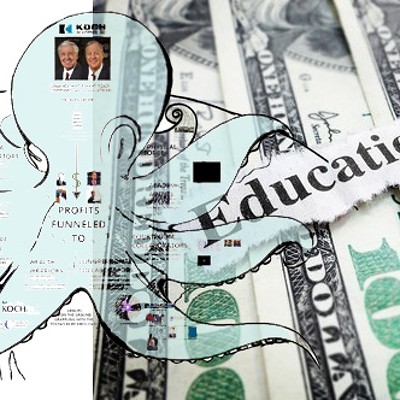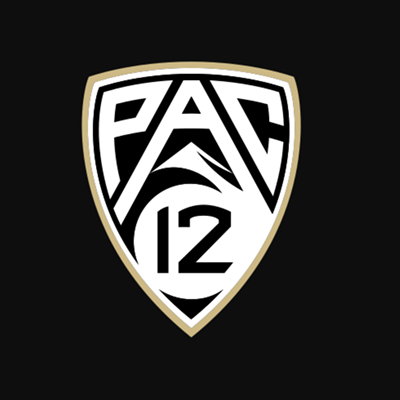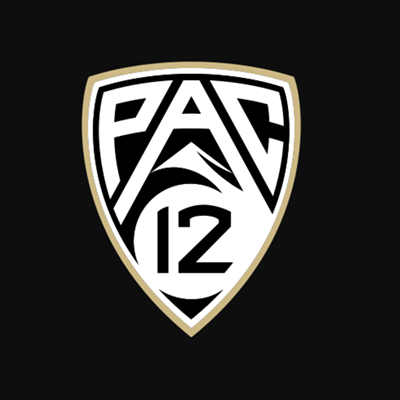ASU student newspaper navigates all-digital terrain
The unraveling of the traditional newspaper model has been a refrain played more often than a Katy Perry song in heavy top-40 rotation. Print is dying, or at the very least gradually fading away, and newspapers are trying to figure out how to bridge the gap financially in the digital age, often to the peril of its employees.
That prompted the university to the north to take a drastic step over the summer. The ASU student newspaper, State Press, scrapped its print presence, which had been dwindling anyway, and went all-digital.
Arizona State is one of a handful of colleges to make the move, and certainly the most recognizable. It's a dramatic decision that didn't sit well with the traditionalist sect.
"I get upset emails all the time," said Jason Manning, State Press Publisher and Director of Student Media at ASU. "You may say this works over there, but it's not going to work here and here's why,' and I say, fine. I wouldn't suggest to you how to run your thing, although there are a few inevitable, inexorable trends we see, and one we see is print is a problem, and revenue for print is a problem. That argument is over. We should be looking forward from that and look to how that problem gets solved and how it plays out in our communities and institutions. That will be different for all of us."
At State Press, the writing was on the wall, which meant ink would not be on paper. Once a daily, in 2013 the publication was pared to two editions a week. Furthermore, full-time staff was slashed from 9.5 employees to 2.5, although some were reassigned. As a result, State Press pitched and got approval for the digital transition.
Once the move was made, that set the stage for problem solving on two fronts. First, how to remain visibly viable. One of the arguments among supporters of maintaining the traditional print model is that the presence of a physical print edition helps to remind students the school paper still exists. As such, they might pick up a copy. But are those same students really going to remember there's a student newspaper if it's only available online, and are they going to bother clicking on those stories?
State Press says the answer is yes.
"We're up more than 50 percent above where we were two years ago and more than 44 percent above where we were last year," said State Press editor Julia Shumway in an email detailing State Press' online reach, which tallied over three quarters of a million unique sessions in the first two months of the school year and since the transition. The more successful stories from a traffic standpoint tend to be list or poll related.
Not surprisingly, social media plays a critical role in relevance.
"You have to be really good, and really smart in social media," said Manning. "We're getting there. We're getting smarter all the time. We have really smart students and have tried in our recruiting to expand beyond just journalism and communications and get some marketing and other disciplines in-house. Nobody is going to go in that age demographic and type in www.statepress.com, then go to the home page. They'll see something cool on social media and then follow the link. More than 50 percent of the traffic is coming in from social media or search, so all the action is at the article page, and that's another design challenge. Whether it's search or social media it's one and done (another huge issue faced by publications across the spectrum. Someone who clicked a story they saw on social media will often only read that story, then leave the site without accessing other content). The challenge is, how do you design those article-level pages so your best stuff is there and you can keep that readership for longer periods of time for more clicks. It's a huge challenge, and we're grappling with that."
And improving branding as well.
"A lot of the audience doesn't care there's cool content and from where, and they're consuming," said Manning. "They just click through and don't make the connection it's the New York Times or Tucson Weekly or whatever publishing brand. We've started to get over that hump, and people are communicating with us now saying at 'State Press' you should cover this and that. At 'State Press' you really missed it on this article. So even if it's negative commentary, they recognize the source. The way our students have gotten there is very conversational, not the voice of God journalism voice, but a peer voice on social media, having conversations, doing stuff that's more entertaining along with the hard news. Sort of Buzzfeed type content.
The second critical factor is, of course, financial viability, and on that front State Press has its tentacles in a number of streams. Digital advertising barely scratches the surface. It is nowhere near a one-for-one replacement from the revenue created during the print heyday. However, State Press did cut a deal with an outdoor billboard vendor on campus, and that shared revenue association has been very lucrative.
Coincidentally, specialty print publications, such as housing guides, have been beneficial as well. The State Press creative services unit does video and design work for clients on and off campus. The publication has also toyed with native advertising, the practice of creating an ad that looks like a story, "but that's an ethical minefield, and we have to be very careful," said Manning. State Press has also received institutional support, which obviously is not an option for media outlets in the private sector.
"We're not saying we solved the business model. We got some breathing room," Manning said. "We got some investment from our institution and looking at the future and what can we do innovatively to get the very best performance out of this content and serve the community the best way we can."
The UA student newspaper, the Wildcat, continues to maintain a print presence. Efforts to reach representatives for comment on their status and model functionality were not returned.






